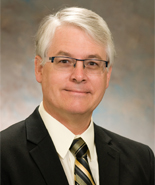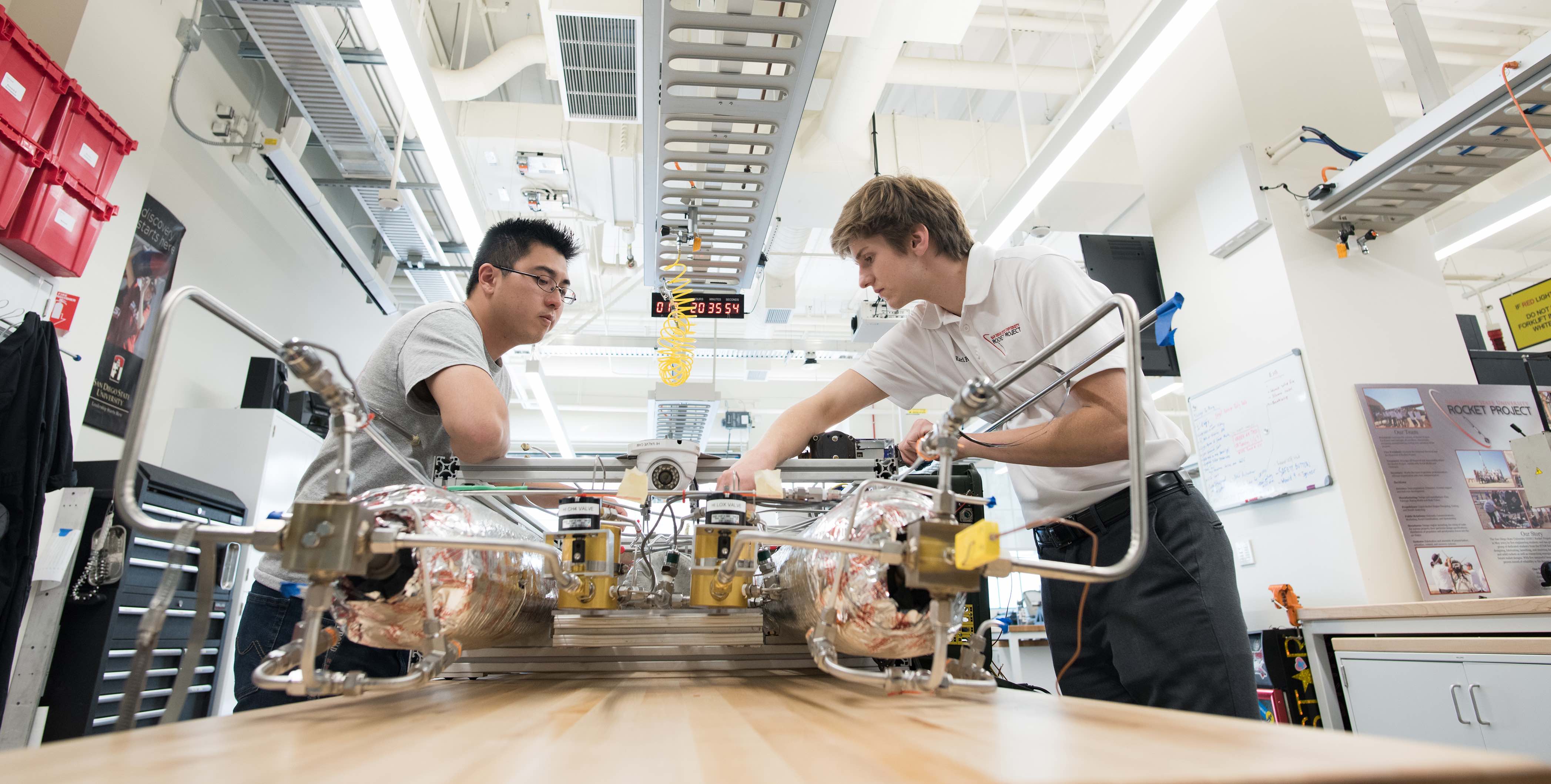Richard Alloway

Richard Alloway
MS, Applied Mechanics & Engineering Science, University of California at San Diego, San Diego, CA, B.A., Physical Science, Westmont College, Santa Barbara, CA
Engineering Fellow, Structures
Collins Aerospace
Biography
Richard Alloway is a structural analysis fellow at Collins Aerospace - Aerostructures in Chula Vista, California. He has been with Aerostructures for 34 years where he performs structural analysis of metallic, carbon-epoxy, ceramic-matrix and carbon-carbon composite structures. He has worked on commercial and business jet nacelles as well as space and military applications. Prior to his joining Aerostructures, he performed thermal, structural and impact analysis for General Atomics HTGR division over a period of 7 years. Mr. Alloway has seven publications, one patent issued and four pending.
While at Aerostructures, he performs strength, fatigue and stability analysis using finite element and closed form solutions for metallic and composite shells. He has developed creep, thermal exposure and oxidation models for several metallic alloys and has authored material allowable certification plans and reports. He created tools for composite laminate and joint strength analysis, sonic fatigue analysis, and the material models he developed. He has written analysis guides for non-linear Finite Element methods, buckling, thermal exposure, creep, plasticity, oxidation and fatigue analysis. During the NASA X-33 program, he used the MARC software to perform coupled thermal-structural analysis that accounted for the non-uniform surface heating from structural deflections of the thermal protection panels during hypersonic flight. He teaches four classes at the Collins Aerospace Technical University and supports four Collins structures sub-discipline working groups. He provides input to design reviews, technology readiness reviews and analysis method reviews. In the past, he has held the lead structures position on aircraft nacelle, military exhaust structures and a NASA thermal protection program.

